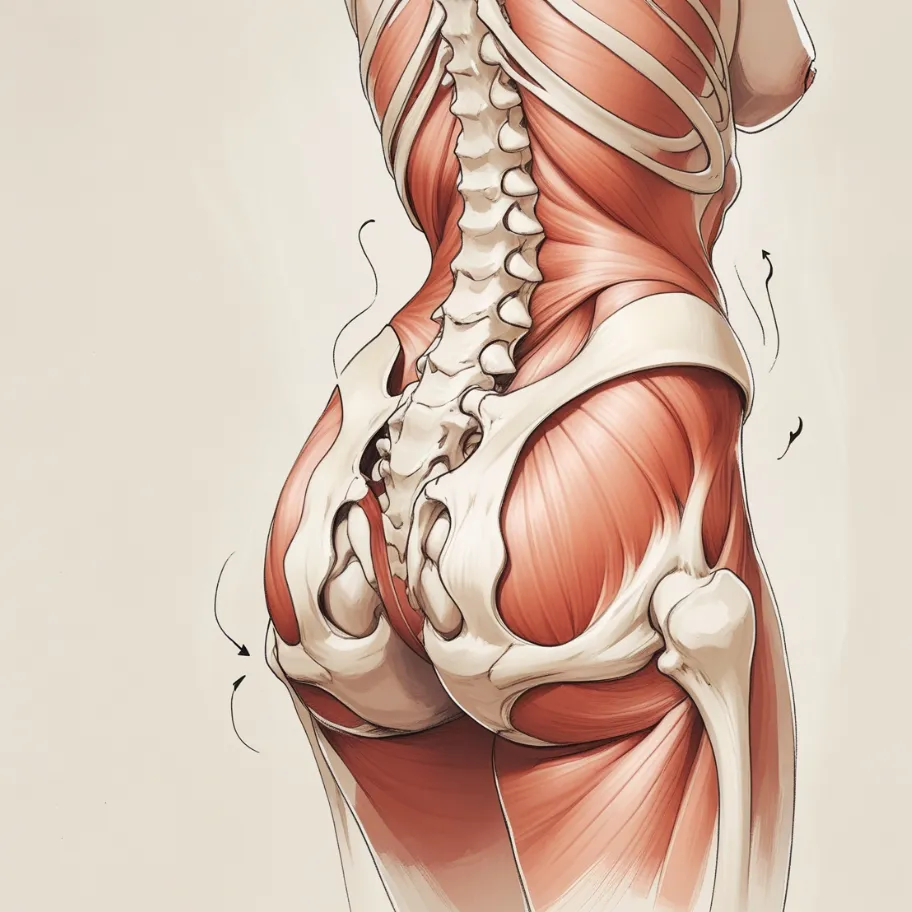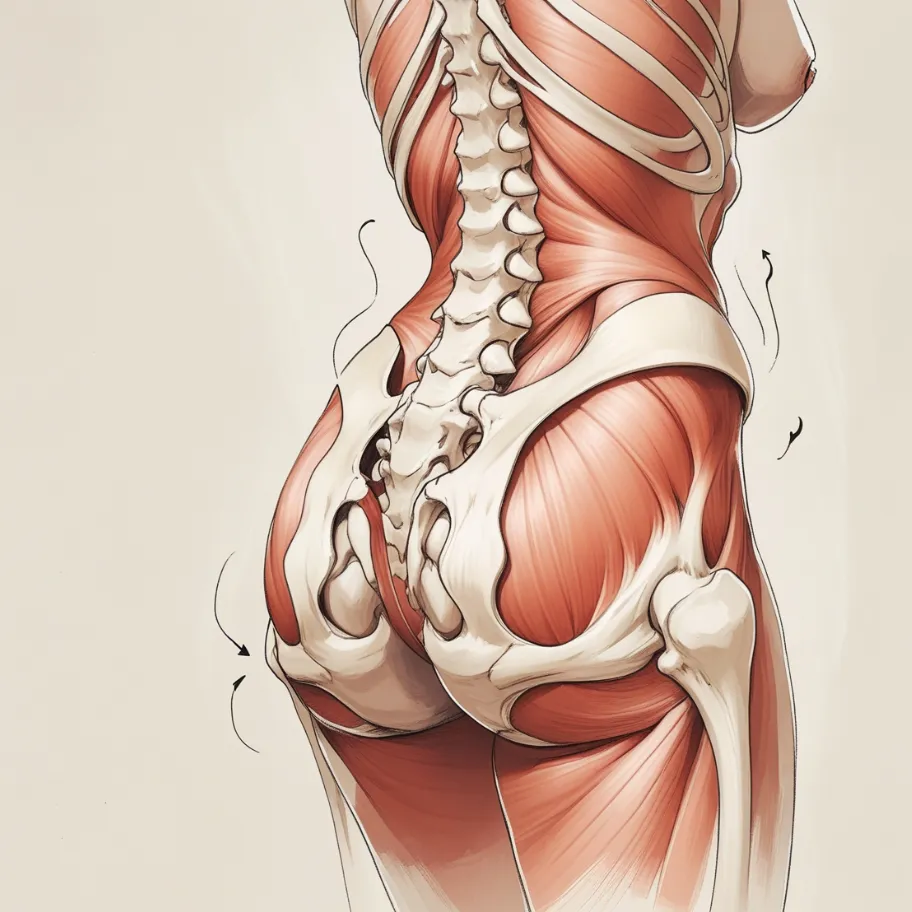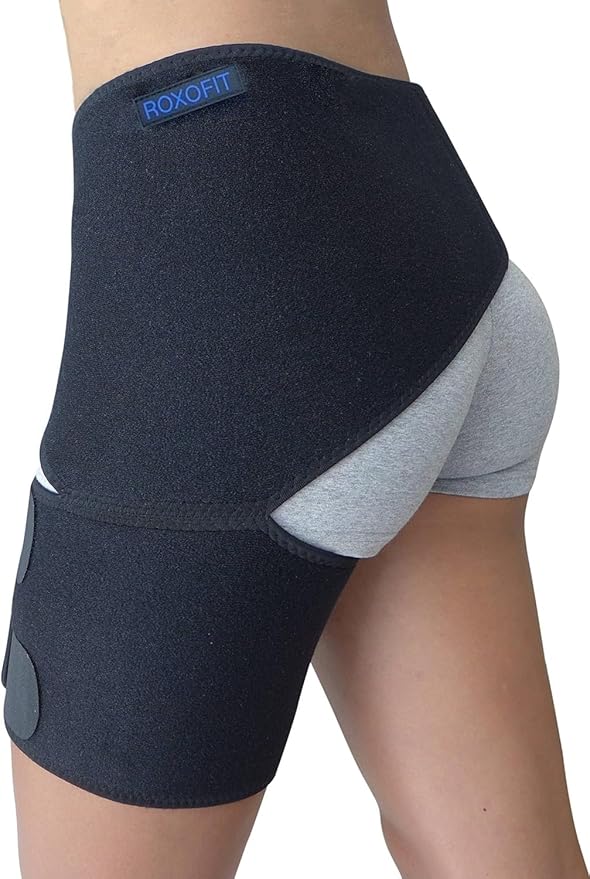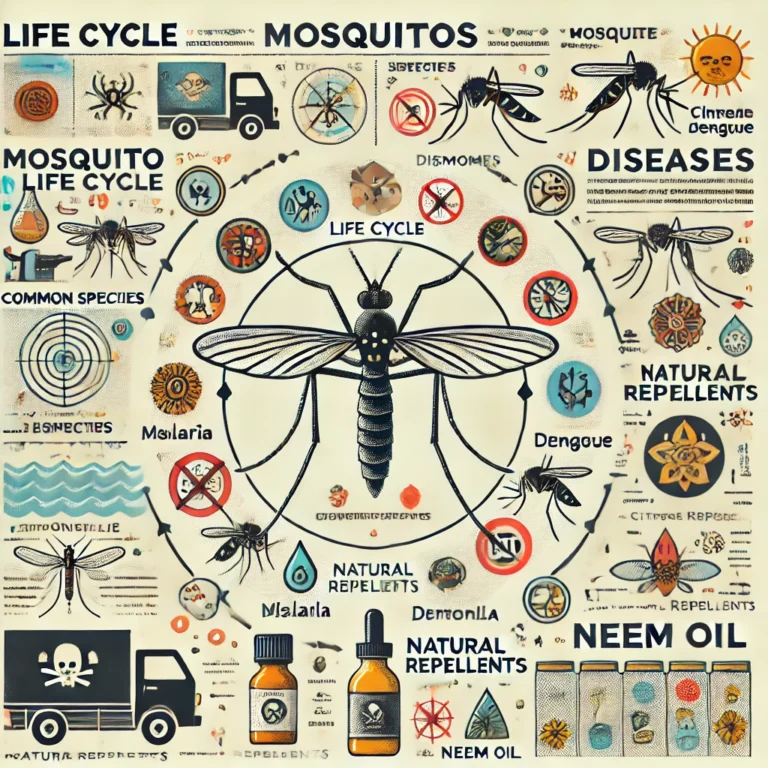lower back hip pain
lower back hip pain. You may be experiencing hip and low back pain, or more specifically, sacroiliac (SI) joint pain, which can cause debilitating back and leg problems. SI joint pain occurs in an estimated 15-30 percent of people with lower back pain.1 SI joint dysfunction is also the leading cause of lower back pain for women over 35 years old who have been pregnant or recently given birth.2 However, thecomplex nature of the SI joint makes identifying and treating SI joint pain difficult. While many individuals suffer from sacroiliac pain due to an injury, many more patients may not be able to pinpoint what is causing their discomfort.

What Causes Lower Back and Hip Pain in Females?
Lower back and hip pain in females can be caused by acute injuries, arthritis, spinal conditions, endometriosis, pelvic floor issues, pelvic inflammatory disease, dysmenorrhea, sacroiliac joint pain, piriformis syndrome, and certain lifestyle factors.
Acute Injuries
Acute injuries like sprains and strains can lead to lower back and hip pain in women. Sprains occur when muscle tissue is stretched or torn; sprains occur when ligament tissue is stretched or torn. Usually sprains and strains are mild injuries, caused by overusing the back or hip, but can result from a sudden fall or accident.
Arthritis
Arthritis can break down the cartilage that protects your joints. It most often comes in the form of osteoarthritis, or “wear and tear” arthritis. When it impacts the spine and hip joints, it can cause lower back and hip pain.
Spinal Conditions
Spinal conditions including herniated disc, spinal stenosis, sciatica, and scoliosis can cause lower back and hip pain.
- A herniated disc occurs when the tough disc exterior is damaged, allowing the soft disc interior to protrude into the spinal canal. It can press on spinal nerves, including the sciatic nerve, which can cause back pain that radiates to the hip and lower extremities.
- Spinal stenosis occurs when the spinal canal narrows abnormally. If the spinal canal becomes too small, it may press on spinal nerves, causing radiating back pain.
- Sciatica is inflammation of the sciatic nerve, which extends from the lower back down the backs of the legs. It can cause lower back that radiates to the hips, especially when you bend, twist, or sit or stand for prolonged periods.
- Scoliosis is a deformity that causes a sideways spinal curvature. Oftentimes, the exact cause is unknown, although it can be caused by genetics, vertebral malformations, or spinal degeneration.
Endometriosis
Endometriosis is a chronic condition affecting an estimated 10% of women. It occurs when endometrial tissue grows outside the uterus, typically causing pain, fatigue, severe cramps, and difficulty getting pregnant. Endometriosis can trigger lower back and hip pain if the abnormal tissue presses on the nerves that supply these areas.
Pelvic Floor Problems
The pelvic floor muscles are a collection of muscles and ligaments supporting the uterus, bladder, and bowel. It also connects to the back. If these muscles become tight or imbalanced, they can cause dull pain that can be mistaken for back or hip pain.
Pelvic Inflammatory Disease
Pelvic inflammatory disease, or PID, is an infection affecting one or more of the female upper reproductive organs. It’s often caused by sexually transmitted infections (STIs), including gonorrhea and chlamydia. Pelvic inflammatory disease can cause pain in the pelvis, abdomen, hips, and lower back, along with:
- Abnormal vaginal discharge
- Abnormal vaginal bleeding
- Pain during intercourse
Dysmenorrhea
Dysmenorrhea is another word for menstrual cramps or period pain. It occurs as the uterus contracts to shed the uterine lining during menstruation. Dysmenorrhea may feel dull and achy or sharp and shooting.
Usually, dysmenorrhea causes pain in the lower abdomen. However, it can also trigger pain in the lower back and hips.
Sacroiliac Joint Pain
The sacroiliac joints connect the lower spine to the pelvis. They’re located above the sacrum and sit on either side of the spine. Sacroiliac joint pain occurs when these joints become inflamed (often due to arthritis). It can cause pain in the lower back, hips, and buttocks.
Piriformis Syndrome
When the piriformis muscle compresses the sciatic nerve, it’s known as piriformis syndrome. This condition is rare, but can cause moderate to severe pain in the lower back and hip. It can also make it difficult to sit for extended periods.
Often, piriformis syndrome results from overusing the hip rotator muscles or sitting on hard surfaces for extended periods.
Lifestyle Factors
Lifestyle factors that can trigger lower back and hip pain in women include:
- Poor posture keeps the spine out of normal alignment, increasing strain on the spine and tissues around the hips.
- Wearing high heels can lead to back and hip pain by forcing the body out of its normal alignment and placing excessive stress on your joints.
- A sedentary lifestyle weakens the lower back and hip muscles, creating the risk of pain in these areas.
How is SI Joint Dysfunction Diagnosed?
SI joint pain is often overlooked because of the difficulty in diagnosis. Diagnosis is challenging because imaging may not reveal the damage and symptoms can mimic other common conditions such as sciatica, a lumbar herniated disc and hip arthritis. Your orthopedic surgeon will note your medical history and conduct a physical examination using specific tests to reveal the source of your pain.
Commonly used diagnosis techniques include:
- Assessment of patient history, including prior trauma and treatments, and current conditions
- Provocative tests
- Diagnostic imaging
- Diagnostic SI joint injections
Muscle strain
lower back hip pain. Acute back pain is often the result of muscle sprains or strains. Sprains occur when your ligaments are overstretched and sometimes torn.
Strains, on the other hand, are caused by stretching — and possible tearing — of your tendons or muscles. Though the immediate reaction is pain in your back, you may also experience dull aches or discomfort in your hip.
Treatment for sprains and strains includes proper stretching and, in more severe cases, physical therapy. If your pain worsens, schedule a visit to your doctor to get proper treatment and to ensure your pain isn’t the result of a more serious injury.
Pinched nerve
A pinched nerve is an uncomfortable condition that may cause shooting pain, tingling, and discomfort, particularly if it occurs in your back, spine, or hip.
It occurs when too much pressure is applied to a nerve by surrounding bones, muscles, or tissues. The pressure interrupts proper nerve function, causing pain, numbness, and weakness.
In some cases, old scar tissue from previous injuries can also cause pinched nerves. Other causes of pinched nerves include:
- arthritis
- stress
- repetitive movements
- sports
- obesity
Pain from this condition usually lasts a short period of time and often results in no permanent damage once treated. However, if there’s persistent pressure on a nerve, you may experience chronic pain and may be at an increased risk of permanent nerve damage.
The most common treatment for a pinched nerve is rest. If your muscles or nerves are affected, your doctor may recommend physical therapy to increase your mobility and strength.
For short-term relief, you doctor may also prescribe anti-inflammatory medication to reduce pain. More severe cases of pinched or damaged nerves may require surgery.
Arthritis
Arthritis is a common culprit of back and hip pain. It can also be felt in the front of your thigh and groin area. Often a result of aging and gradual wear and tear on the body, arthritis is inflammation of one or more of your joints.
Common symptoms of arthritis include:
- pain
- swelling
- stiffness
- decreased range of motion
- numbness
Treatment for arthritis focuses on relieving symptoms and improving mobility.
Your doctor may recommend anti-inflammatory medications or pain relievers. They might also prescribe disease-modifying antirheumatic drugs, which are drugs meant to slow or stop your immune system from attacking your joints.
Your doctor may also recommend physical therapy to strengthen your joints and increase your range of motion. For more severe cases, surgery may be required.
Herniated disk
Also called a ruptured or slipped disk, a herniated disk occurs when the “jelly” inside your spinal disk is pushed out through the harder exterior of the disk. This can cause nearby nerves to become irritated, often causing pain and numbness.
Some people who have a herniated disk, however, may never experience painful symptoms.
Other than back pain, you may also experience symptoms including:
- thigh pain
- hip and butt pain
- tingling
- weakness
To treat a herniated disk, your doctor may recommend muscle relaxers and prescription drugs to reduce pain. Surgery or physical therapy are also treatments for this condition if your symptoms worsen or if your condition begins to affect your quality of life.
Sacroiliac joint dysfunction
Your sacroiliac joint — also referred to as the SI joint — connects your hip bones to your sacrum, the triangular bone between the lumbar spine and the tailbone. This joint is meant to absorb shock between your upper body, pelvis, and legs.
Strain or injury to the SI joint can cause radiating pain in your hip, back, and groin area.
Treatment focuses on reducing pain and restoring normal motion to the SI joint.
Your doctor may recommend rest, pain medication, and hot and cold compresses to reduce muscle tension and inflammation. An injection of a steroid into the joint is often helpful. In more severe cases, your doctor may recommend surgery.
Is it Hip Pain or is it Back Pain?
Both hip pain and back problems can contribute to lower back pain, groin discomfort, or pain in the buttocks. It can be challenging to pinpoint the exact source of pain due to the involvement of multiple areas in hip-spine syndrome. To determine the underlying cause of both hip and back pain, it is essential to consult with a doctor who can conduct a thorough examination, review medical history, and determine if imaging techniques are required for an accurate diagnosis.
Hip Brace for Sciatica Pain Relief,Compression Support Wrap for Sciatic Nerve, Pulled Thigh, Hip Fleхоr Strain, Groin Injury, Hamstring Pull,Sacroiliac Joint Support Stabilizer for Men, Women (Black)
The hip brace provides compression, stability, and support for the hip, thigh, and lower back. It promotes recovery and helps relieve pain from various conditions such as sciatica, thigh strain, quadriceps and hamstring pulls, hip flexors and hip adductor injuries, hip bursitis, hip arthritis, hip labral tear, SI (sacroiliac) joint issues, and piriformis syndrome.
How Hip Pain and Back Pain Are Related
The lower back, or lumbar spine, directly connects to the pelvis from above and the hip joint connects to the pelvis from below. The lumbar spinal column can lead to hip pain. Degenerative disc disease and disc herniation can be the source.
Herniated discs and pinched nerves are common culprits of back and hip pain. As the discs between the spinal vertebrae age, the outer layer may become damaged, causing the material to protrude into the spinal canal. This condition, known as a herniated or bulging disc, can exert pressure on nerves, leading to pain. Since the nerves in the spinal cord facilitate communication between the brain and various areas of the body, pain can also be felt in other regions, including the legs.
While hip problems often manifest as groin discomfort on the affected side, the close proximity of the hip joint to the spine can sometimes make it difficult to differentiate between hip and back pain. Osteoarthritis is a common cause of hip pain and may present with symptoms such as pain in the groin, temporary discomfort that becomes more frequent with age, exacerbated pain during activities like standing or walking, stiffness, and a noticeable limp. On the other hand, herniated discs primarily affect the lower spine and can cause pain in the hips, back, buttocks, or legs. Symptoms of a herniated disc include radiating pain, weakness, numbness, and pain worsened by sitting or bending.







